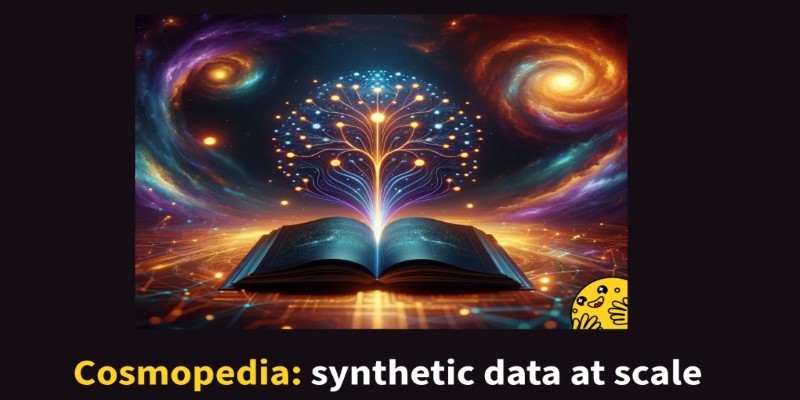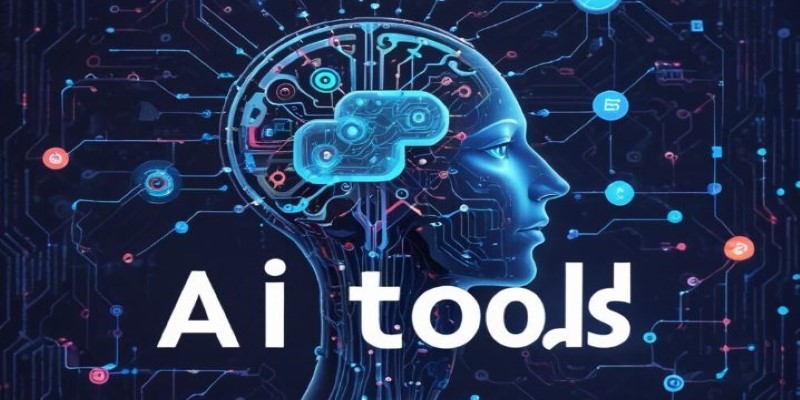Advertisement
AI chatbots have carved out a place in nearly every industry, especially writing. With tools offering fast drafts, grammar checks, and rephrasing suggestions, it's easy to see their appeal. But speed isn't everything. Writing isn't just about producing paragraphs; it's about connection, intent, and nuance. That's where the cracks begin to show.
While AI writing tools can assist with structure or save time, they can't replace the role of a skilled writer. The relationship between writers and words is still human territory, full of context, tone, and creative direction. Here's why content writers can't rely on AI chatbots to do the heavy lifting.
One of the clearest limitations of AI chatbots is their inability to understand context the way humans do. Social cues, emotion, trends, and subtle references often shape language. A writer might draw on past events, regional tone, or cultural knowledge to shape an article. AI can generate surface-level content, but often without depth. It might sound grammatically fine, but it won't always mean something in the way human writing does. For example, when writing about sensitive issues, AI tends to generalize or avoid nuance entirely.
Writers often understand what not to say or when to bend a rule for style. AI chatbots don’t grasp these boundaries well. They apply patterns without awareness of shifting tone or narrative context.
Creativity isn't just random inspiration. It's drawing new connections, adding fresh analogies, and shaping an idea into something original. AI writing tools work by remixing existing content, pulling from patterns in large data sets. They don't "create" in the human sense. That's why many AI-generated texts feel templated or soulless.

A human writer can bring surprising comparisons or a twist in perspective that feels truly new. They might pick an unusual structure or write in a voice that feels like a real person. AI tools can’t replicate the unpredictable nature of human creativity. They follow patterns, which often leads to flat or overly polished content that lacks edge or personality.
Writers are often asked to write in a specific brand voice or cater to a certain audience. This is hard for AI to get right. It can mimic tones to some extent—formal, casual, technical—but not consistently. The results often waver mid-article, switching from professional to robotic or missing the target entirely.
Real tone comes from understanding who's speaking and who's reading. Writers adjust based on feedback, industry trends, or subtle audience shifts. AI tools don't naturally evolve tone over time. They don't intuit the slight differences between "friendly and helpful" vs "lightly humorous but still informative." This is why content writers can't rely on AI chatbots to produce work that feels like it belongs in a real conversation.
One of the biggest risks in using AI chatbots for content is factual error. These tools aren’t connected to live databases unless explicitly integrated with one. Much of what they produce is based on pre-trained information, and hallucinations—false but confident-sounding statements—are common.
This becomes dangerous when writing about health, finance, or legal matters. Writers do research, check sources, and think critically about the accuracy of claims. AI can’t cross-check or fact-verify in real time. It can mislead, make up data, or reference sources that don’t exist. For serious writing, especially where trust matters, a human touch is non-negotiable.
AI tools can insert keywords and generate SEO-friendly content, but search engines are evolving. Google now favors helpful, user-focused writing. That means content must solve problems, match search intent, and read naturally. AI chatbots often miss this. They either overuse keywords or produce content that feels generic.
Real SEO success comes from understanding how people think, what they search for, and aligning content with that. Writers grasp nuance like long-tail keywords, topic clustering, and voice search. AI might assist with outlines or meta tags, but creating strategy-driven pages remains a writer’s task.
AI-generated text often needs serious editing. It may repeat points, make awkward transitions, or produce vague statements. Writers know how to cut fluff, refine clarity, and rewrite sections that aren’t working. They can shape the rhythm of a piece, build toward a conclusion, and choose words with care.
Without editing, AI content can be misleading or just boring. It may contain duplicate phrasing or ideas reworded several times to fill space. Human editors can spot weak arguments, confusing shifts, or tone mismatches. Writers bring coherence and intention to the draft, something AI can't do on its own.
Ethics in writing involves more than avoiding plagiarism. It means understanding sensitive topics, choosing inclusive language, and avoiding harm or bias. AI chatbots don’t fully grasp ethical judgment. They may unintentionally reinforce stereotypes or leave out necessary disclaimers.

A content writer considers impact. Should a piece be more cautious? Is humor appropriate? Should certain details be excluded? These are decisions made with experience and care. AI writing tools can’t feel discomfort or evaluate risks. Human oversight is necessary to ensure content aligns with real-world values and brand responsibility.
Readers are becoming more aware when AI writes something. Generic articles feel cold, repetitive, or overly polished. They lack quirks, personality, or unexpected humor. In contrast, a real writer brings identity to the work, intentionally or not. Whether it's slight sarcasm, cultural references, or conversational phrasing, these touches build trust and connection.
People enjoy reading things that feel like they were written for them by another person. AI can’t replicate this consistently. Content that resonates often comes from writers who understand pain points, local phrasing, or inside jokes relevant to a niche. That’s what keeps readers engaged—and returning.
AI writing tools are helpful for brainstorming, editing, and quick drafts, but they don’t replace human writers. Their flaws—awkward tone, missing nuance, and lack of originality—limit their usefulness. Content writers can’t rely on AI chatbots for thoughtful or lasting work. Writing that truly connects with readers still depends on human insight, not algorithms.
Advertisement

Discover the top AI search engines redefining how we find real-time answers in 2025. These tools offer smarter, faster, and more intuitive search experiences for every kind of user

How to fine-tuning small models with LLM insights for better speed, accuracy, and lower costs. Learn from CFM’s real-world case study in AI optimization

Explore 8 clear reasons why content writers can't rely on AI chatbots for original, accurate, and engaging work. Learn where AI writing tools fall short and why the human touch still matters

Learn about constructors in Python, their types, and rules. Discover how constructors in Python help initialize objects and simplify class design for cleaner code

Intel and Nvidia’s latest SoCs boost AI workstation performance with faster processing, energy efficiency, and improved support

Explore FastRTC Python, a lightweight yet powerful library that simplifies real-time communication with Python for audio, video, and data transmission in peer-to-peer apps

Discover how Cosmopedia is changing AI training by producing structured, large-scale synthetic content. Learn how synthetic data helps build efficient, adaptable language models

Explore how Amazon Nova Premier is revolutionizing AI models and agents with its intelligent, cloud-based innovations.

Looking for beginner-friendly places to explore AI tools? Discover the top 9 online communities for beginners to learn about AI tools, with real examples, clear guidance, and supportive discussion spaces

What is HuggingChat and how does it differ from ChatGPT? Discover how this open-source AI chatbot offers a transparent, customizable experience for developers and researchers

A fake ChatGPT Chrome extension has been caught stealing Facebook logins, targeting ad accounts and spreading fast through unsuspecting users. Learn how the scam worked and how to protect yourself from Facebook login theft

Vendors must adapt to the AI assistant craze by offering real value, ensuring privacy, and focusing on intuitive solutions